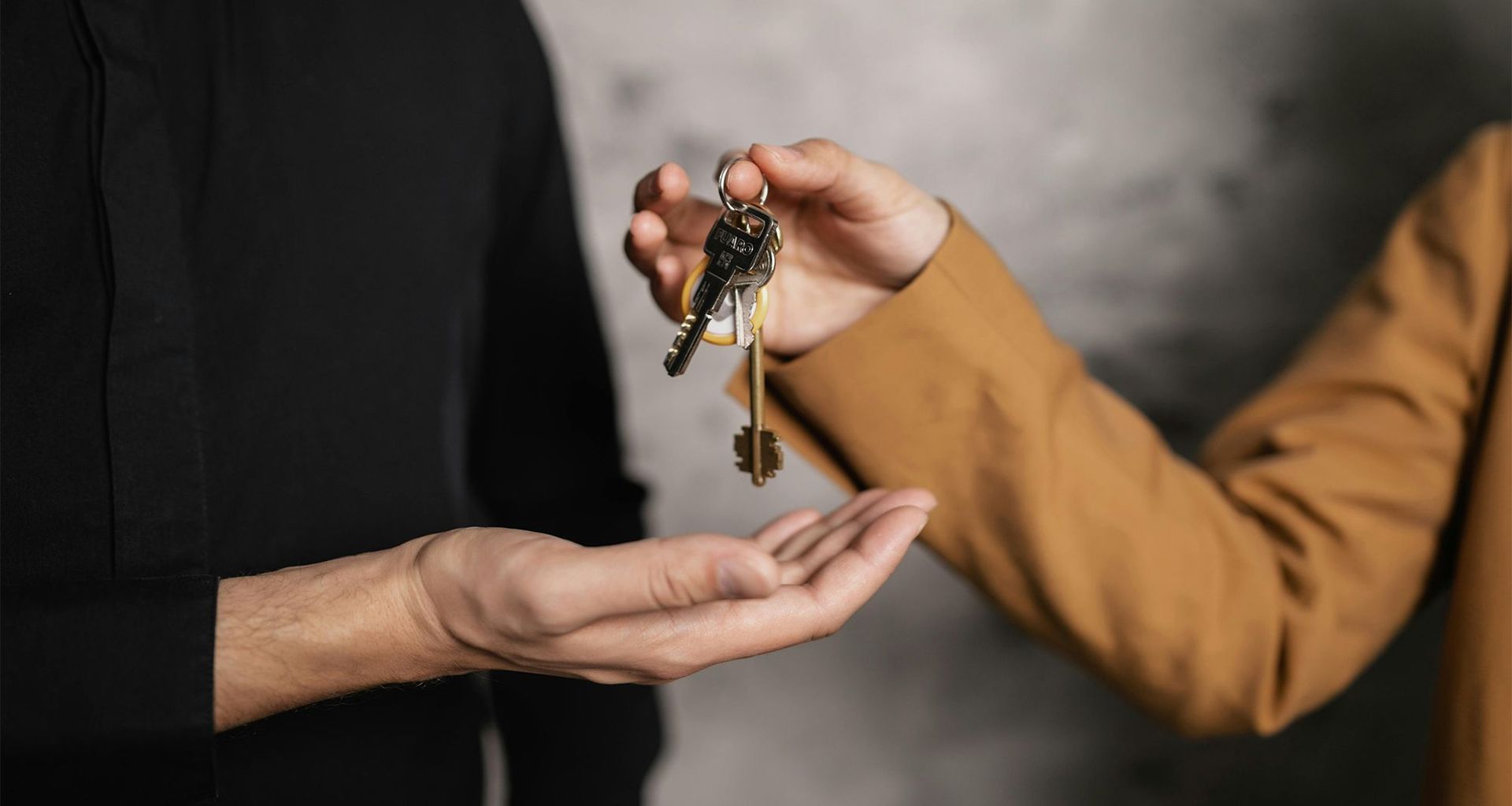Adding Value to Your Property with Architectural Design

Investing in real estate stands as a fundamental pillar of wealth-building strategies, and one key factor that significantly influences property value is architectural design. Beyond functionality, the aesthetics, spatial layout, and overall design of a building play a pivotal role in attracting buyers, enhancing marketability, and increasing property value. Understanding how architectural design adds value to your property can prompt homeowners, investors, and developers to make informed decisions and maximise returns on their investments.
First and foremost, architectural design contributes to the curb appeal of a property, making a powerful first impression on potential buyers or tenants. A visually striking exterior, characterised by innovative design elements, can set a property apart from its competitors and command attention in a crowded real estate market. Whether it is a contemporary design with clean lines and minimalist aesthetics or a charming Federation home with intricate detailing, architectural design serves as a magnet for discerning buyers seeking homes that reflect their taste and lifestyle.
Architectural design influences the functionality and liveability of a property, optimising space utilisation and enhancing the overall user experience. Thoughtfully designed floor plans, efficient spatial layouts, and strategic use of natural light can create a sense of openness and flow, ensuring a more inviting and enjoyable property to occupy. Features such as high ceilings, spacious kitchens, innovative storage, and outdoor living spaces not only add comfort and convenience but also contribute to the perceived value of the property, appealing to buyers’ desire for modern amenities and lifestyle enhancements.
A visually striking exterior, characterised by innovative design elements, can set a property apart from its competitors and command attention in a crowded real estate market.
In addition to aesthetics and functionality, architectural design also plays a crucial role in energy efficiency and sustainability – factors that are increasingly prioritised by environmentally conscious buyers and investors. Green building practices, such as passive solar design, energy-efficient appliances, and sustainable materials, not only reduce operating costs but also contribute to a healthier environment and lower carbon footprint. Properties with eco-friendly features not only appeal to environmentally conscious buyers but also command higher resale values and enjoy greater long-term appreciation due to their reduced environmental impact.
Architectural design can enhance the adaptability and versatility of a property, allowing it to evolve and meet changing needs and preferences over time. Flexible spaces that can be easily reconfigured or repurposed offer greater versatility and appeal to a broader range of buyers, accommodating diverse lifestyles and use cases. Whether it is a home office that can double as a guest bedroom or a multipurpose living area that seamlessly transitions from entertaining to relaxation, adaptable design features enhance the value and marketability of the property in an ever-changing real estate landscape.
Investing in architectural design is not just about creating aesthetically pleasing structures – it is about adding tangible value to your property and securing long-term returns on your investment. By prioritising thoughtful design, functionality, sustainability, and adaptability, homeowners, investors, and developers can differentiate their properties in the market, attract discerning buyers, and maximise their financial potential. Whether you are buying, selling, or renovating, understanding the impact of architectural design on property value is essential for making informed decisions and building a solid foundation for your future wealth and prosperity.
